Sniper takes out ISIS executioner from a mile away
A sharpshooter killed a top ISIS executioner and three other
jihadists with a single bullet from nearly a mile away — just seconds
before the fiend was set to burn 12 hostages alive with a flamethrower,
according to a new report.
The British Special Air Service marksman turned one of the most hated terrorists in Syria into a fireball by using a Barett .50-caliber rifle to strike a fuel tank affixed to the jihadi’s back, the UK’s Daily Star reported Sunday.
The pack exploded, killing the sadistic terrorist and three of his flunkies, who were supposed to film the execution, last month, the paper said.
The ISIS butcher — who reportedly delighted in burning hostages alive — had been on a US “kill list” for several months, sources told the paper, which did not identify the sniper or the executioner.
He and his band of wicked men had been traveling around ISIS-held compounds in Syria slaughtering civilians labeled as spies.
Their prisoners were tied to stakes or thrown in cages before being torched by the executioner, according to the report.
ISIS started using flamethrowers after the torture method was popularized in North Korea.
The ISIS killer was so feared that his victims would beg to be shot rather than be set on fire.
Just before the sniper rescue operation outside of Raqqa, Syria, “the SAS team moved into an overwatch position above a village where they were told the execution was going to take place,” a source told the Star.
“Up to 12 civilians were going to be murdered — eight men and four women.
“The executioner gave some sort of rambling speech . . . then when he finished, the SAS sniper opened fire,” the source said.
The captives were then rescued by British and US special forces.
The rescue comes just months after another SAS sniper killed two ISIS car bombers as they drove toward Libya. The sniper’s bullet went through the driver’s skull and into the passenger’s neck, taking both out.
The British Special Air Service marksman turned one of the most hated terrorists in Syria into a fireball by using a Barett .50-caliber rifle to strike a fuel tank affixed to the jihadi’s back, the UK’s Daily Star reported Sunday.
The pack exploded, killing the sadistic terrorist and three of his flunkies, who were supposed to film the execution, last month, the paper said.
The ISIS butcher — who reportedly delighted in burning hostages alive — had been on a US “kill list” for several months, sources told the paper, which did not identify the sniper or the executioner.
He and his band of wicked men had been traveling around ISIS-held compounds in Syria slaughtering civilians labeled as spies.
Their prisoners were tied to stakes or thrown in cages before being torched by the executioner, according to the report.
ISIS started using flamethrowers after the torture method was popularized in North Korea.
The ISIS killer was so feared that his victims would beg to be shot rather than be set on fire.
Just before the sniper rescue operation outside of Raqqa, Syria, “the SAS team moved into an overwatch position above a village where they were told the execution was going to take place,” a source told the Star.
“Up to 12 civilians were going to be murdered — eight men and four women.
“The executioner gave some sort of rambling speech . . . then when he finished, the SAS sniper opened fire,” the source said.
The captives were then rescued by British and US special forces.
The rescue comes just months after another SAS sniper killed two ISIS car bombers as they drove toward Libya. The sniper’s bullet went through the driver’s skull and into the passenger’s neck, taking both out.

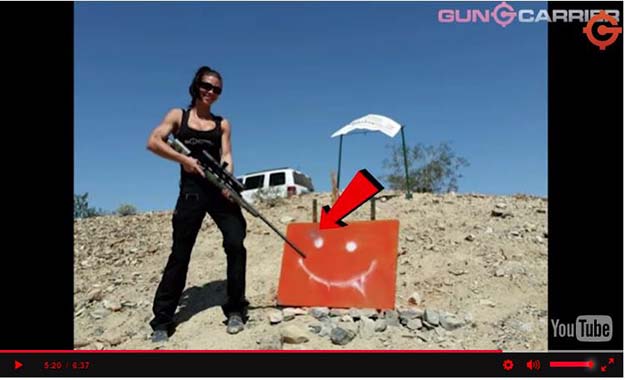




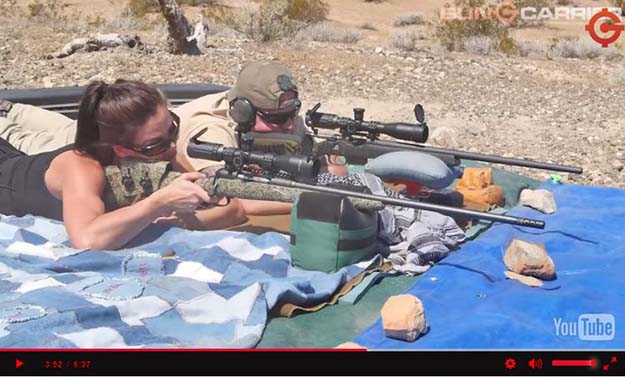
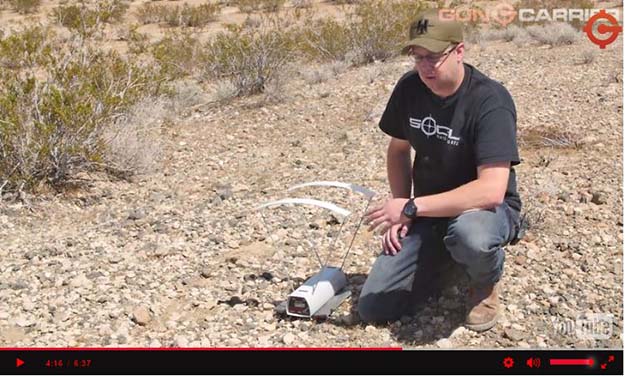

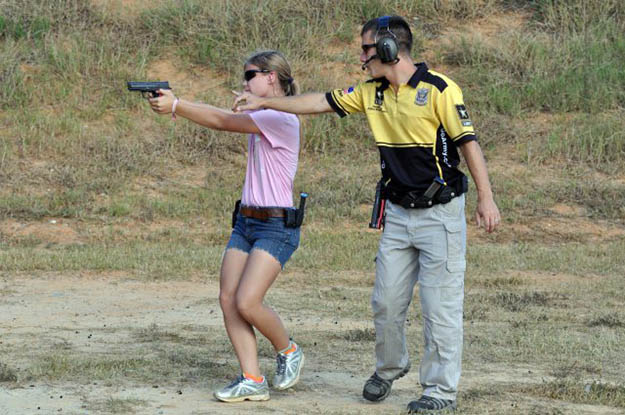

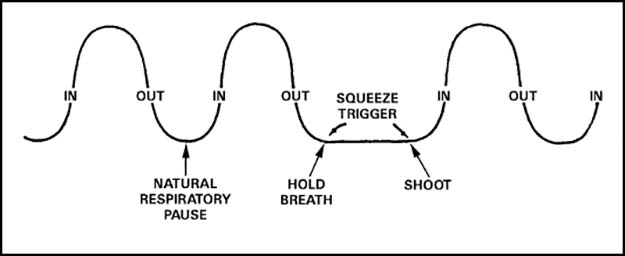
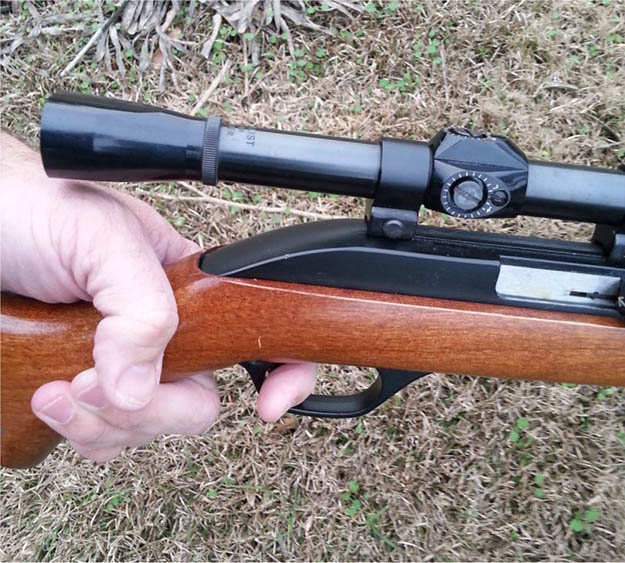
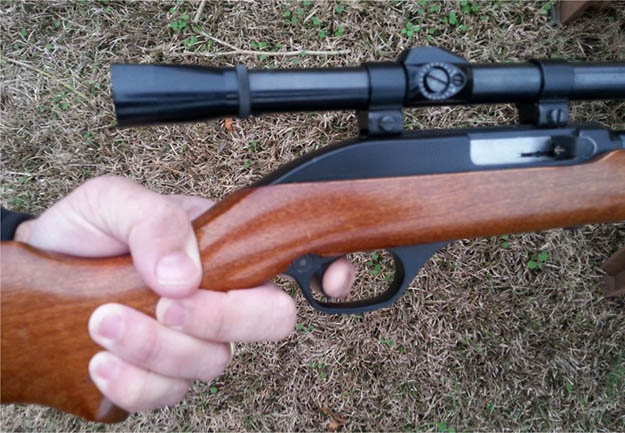


 The
ATF is backing down from new regulations that had the potential to
bottleneck ammunition production. These regulations would have
reclassified nitrocellulose, a key component of smokeless powder, as an
explosive. It seems like trying to quietly sneak regulations that will
effect ammunition past the public is becoming a regular occurrence over
at Obama’s ATF.
The
ATF is backing down from new regulations that had the potential to
bottleneck ammunition production. These regulations would have
reclassified nitrocellulose, a key component of smokeless powder, as an
explosive. It seems like trying to quietly sneak regulations that will
effect ammunition past the public is becoming a regular occurrence over
at Obama’s ATF.
